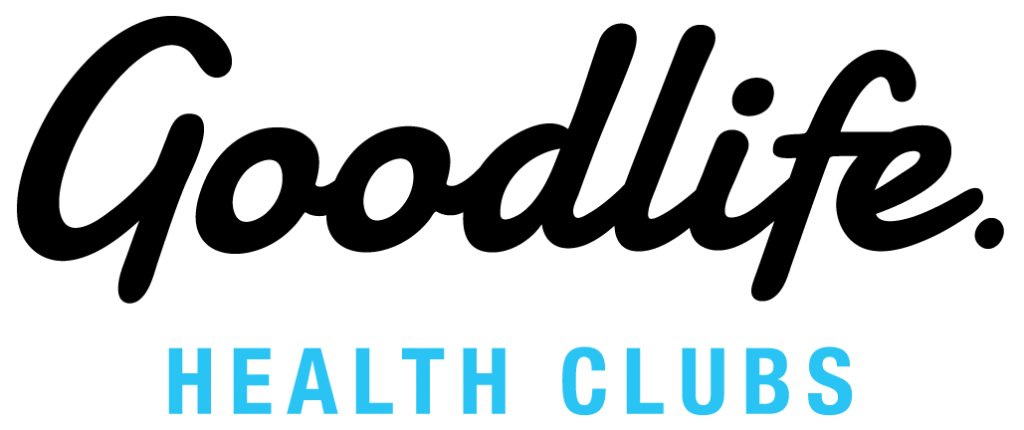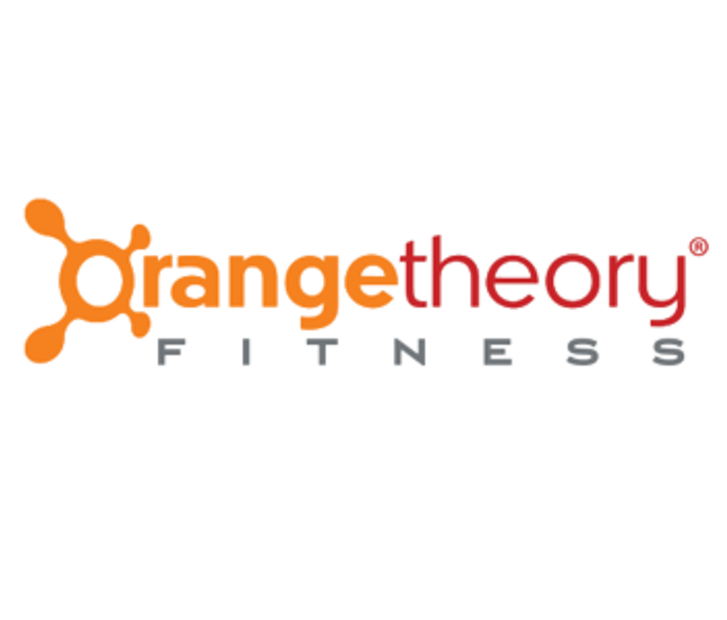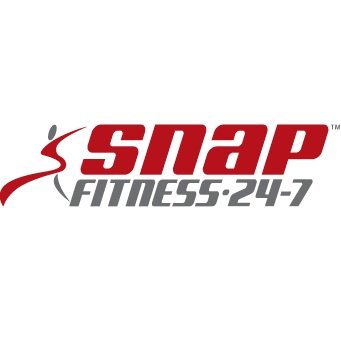Brand Experience








Mattias Spetz Urges Shift In Brand Safety Conversation
22 March, 2024
**The Shift from Brand Safety to Brand Suitability: A Path to Enhanced Gym Marketing**
In an era where digital marketing strategies are fundamental to success, especially in industries like gym marketing, the focus on brand safety has become increasingly paramount. Yet, a critical adjustment is needed in this arena—the move from a rigid notion of safety towards a broader and more nuanced understanding of brand suitability.
Brand safety, with its emphasis on avoiding content that could tarnish a company’s reputation, is undeniably vital for businesses including those striving for more gym members. However, Mattias Spetz, a leading figure in digital marketing, advocates for a refined approach. During a thought-provoking discussion, Spetz underscored the need for brands to tailor their safety strategies to align with their unique ethos. “Deciding what is suitable and acceptable for your brand, rather than what the platform dictates as safe, is paramount,” he elaborated. “Suitability is not one-size-fits-all; it must be individually crafted per firm.”
This individualized perspective does come with its challenges. Brands often grapple with setting the boundaries that define what is suitable for their image. To navigate this, Spetz suggests an introspective approach, encouraging firms to delve into their human resources handbooks and scrutinizing their code of conduct to inform their online presence.
In the realm of gym lead generation and advertising for gyms, protecting a brand’s image has typically involved the use of keyword blocklists—an attempt to skid past any digital content that might be perceived as hazardous. Therein lies an apparent paradox; in the fastidious avoidance of perceived risky online spaces, brands could be inadvertently missing out on promoting high-quality, attention-grabbing ads to potential gym members. Spetz asserted, “It is essential for brands to constantly reassess their exclusion lists, ensuring they remain relevant and don’t preclude topics that have ceased to be harmful.”
This is substantiated by a report from IAS and MAGNA, which revealed a compelling insight—79% of consumers regarded ads in proximity to previously exclusion list content as high quality, with 71% saying such ads captured their attention. This illuminates a stark reality; in the fervor to mitigate risks, marketers might be forgoing opportunities to connect with a receptive audience.
Shifting the focus to brand suitability also encompasses the ethics within the advertising industry. Spetz pointed out that, ironically, the teams that manage these exclusion lists could find themselves inadvertently marginalizing their own communities—an occurrence challenging the industry’s commitment to diversity. He posed a pertinent question: “What message does this send to the young, emerging talents we’re looking to attract to the industry?”
At the heart of these discussions lies Channel Factory—firms like this aspire to redefine how industries including those focused on gym marketing and Facebook ads approach the conversation on suitability. Channel Factory, having established itself across the globe, aims to position its technology and data platform—which currently leverages YouTube’s massive content library for brand-suitable advertising opportunities—as a thought leader in this transition to suitability.
Channel Factory’s strategic endeavors, especially in the buzzing markets of Southeast Asia, are paced by veterans like Kevin Rooney, appointed as managing director for Southeast Asia and India. With extensive experience navigating the complexities of sales, leadership, and marketing, Rooney’s expertise, coupled with a nuanced understanding of brand suitability, is set to steer the digital advertising narrative for businesses that strive for more gym members.
It’s an exciting and transformative time for gym marketing professionals as the industry’s outlook evolves. The journey from safety to suitability is more than a mere adjustment of strategy—it’s fostered by a deeper understanding of brand identity and represents an opportunity to forge meaningful connections with audiences. Embracing this shift can lead to not just safer brand environments but more authentic and effective engagement with the market—ultimately driving more gym members and fostering long-term success.




